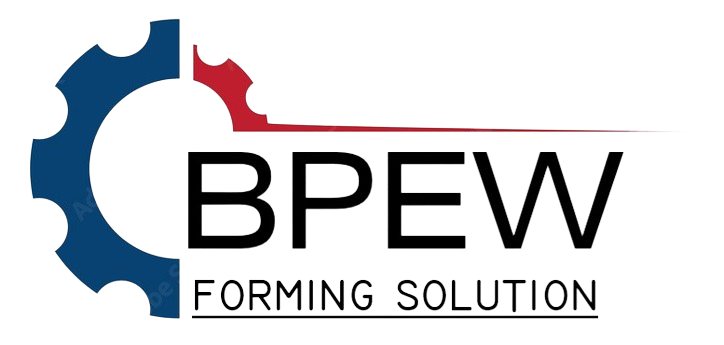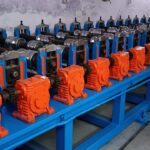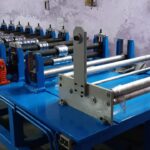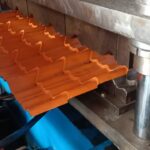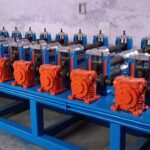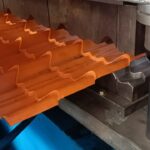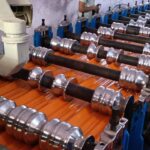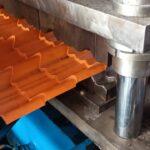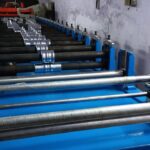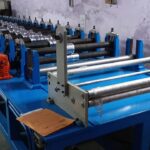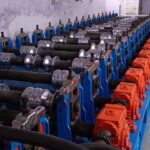Tailing Profile
A tailing profile refers to the shape or pattern of waste material left behind after a cutting or shaping process, typically in mining or excavation operations. When extracting minerals or other resources from the earth, machinery such as excavators, bulldozers, or drills may be used to cut into the ground or rock. The material that is not desired or useful (referred to as “overburden” in mining) is removed and often piled up nearby.
The resulting pile or mound of discarded material forms a tailing profile. This profile can vary depending on factors such as the type of machinery used, the geology of the area, and the specific methods employed for excavation. Tailing profiles can range from simple mounds of loose soil or rock to more complex formations with layered or terraced structures.
Managing tailing profiles is crucial in mining and excavation operations to minimize environmental impact and ensure the safety and stability of surrounding areas. Proper disposal and containment measures are often implemented to prevent contamination of soil, water, and air, as well as to mitigate risks such as erosion or landslides. Additionally, technologies like reclamation and reprocessing may be employed to utilize or rehabilitate tailings for future use or to restore the landscape after mining activities cease.
Optional Features for Coil Cars
- Pivoting Manual Adjustable Coil Keeper Arms – this option incorporates pivoting keeper arms on the decoiler side of the coil car or coil stand. The arms are fixed in the direction of the coil width, and pivot out of the way to allow the coil car or decoiler to retract after the coil is loaded on the decoiler. The keeper arms on the other side of the coiler car or coil stand remain upright at all times, but can adjust in and out based on the coil width.
- Rotary Coil Cradle – the cradle of the coil car or coil stand can rotate 180°. This enables a coil to be positioned so the decoiler can payoff a strip of material from the bottom or top of the coil. The rotary cradle uses a slewing ring bearing to rotate on center off the coil car or coil stand.
